
Marbella is one of Costa del Sol’s treasures. This locality is usually associated with luxury, never-ending parties, and gorgeous beaches. Its popularity has attracted tourism and richness, but it has also eclipsed the lovely charms that surround it. In fact, its old town centre keeps alive the magic of those tiny Andalusian villages of narrow streets, whitewashed façades, and flowery balconies. But there is more to discover in Marbella, so you should save a couple of days to go on unique adventures. These getaways around Marbella will take you to some of the most beautiful places in Andalucía, from magic towns to natural spaces of great value, spectacular hiking routes, and corners that seem straight out of a movie.
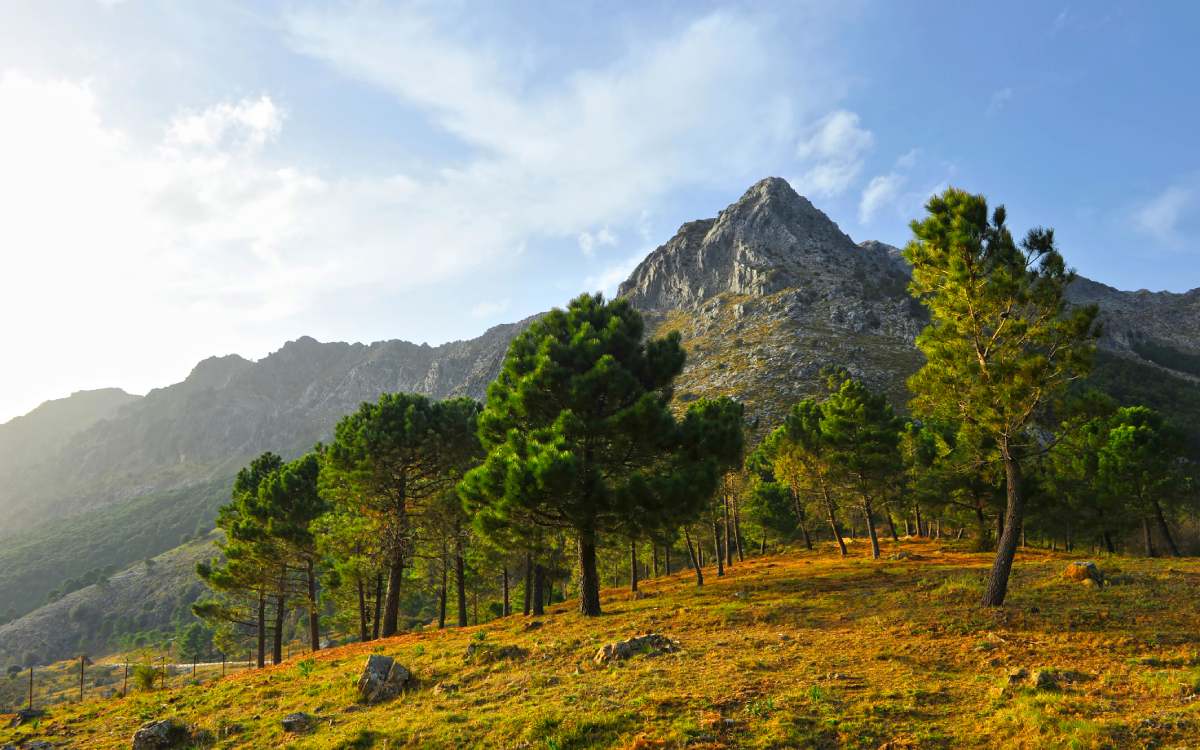
Sierra de Grazalema Natural Park. | Shutterstock
The Sierra de Grazalema Natural Park is shared by the provinces of Málaga and Cádiz, and it is unique for plenty of reasons. The most interesting one is probably the fact that this is the rainiest area of the Iberian Peninsula. But its value goes further than that. It is a natural gem and also a geological treasure. Deep canyons, sinkholes, and caves are scattered throughout this place, thus making it a tiny paradise for adventure sports enthusiasts and speleology lovers.
Benaoján, which is only one and a half hours from Marbella, is the gate to this fabulous natural space. Here you will find Cueva del Gato, one of the more complex cave systems in Andalucía, thanks to its 10 kilometres of extension. You’ll be welcomed by a pond of crystal-clear waters that belong to the spring that sprouts inside these caves. To enter its singular entry is to dive into a subterranean world that holds lakes, cascades, rock formations, and a renowned collection of cave paintings.
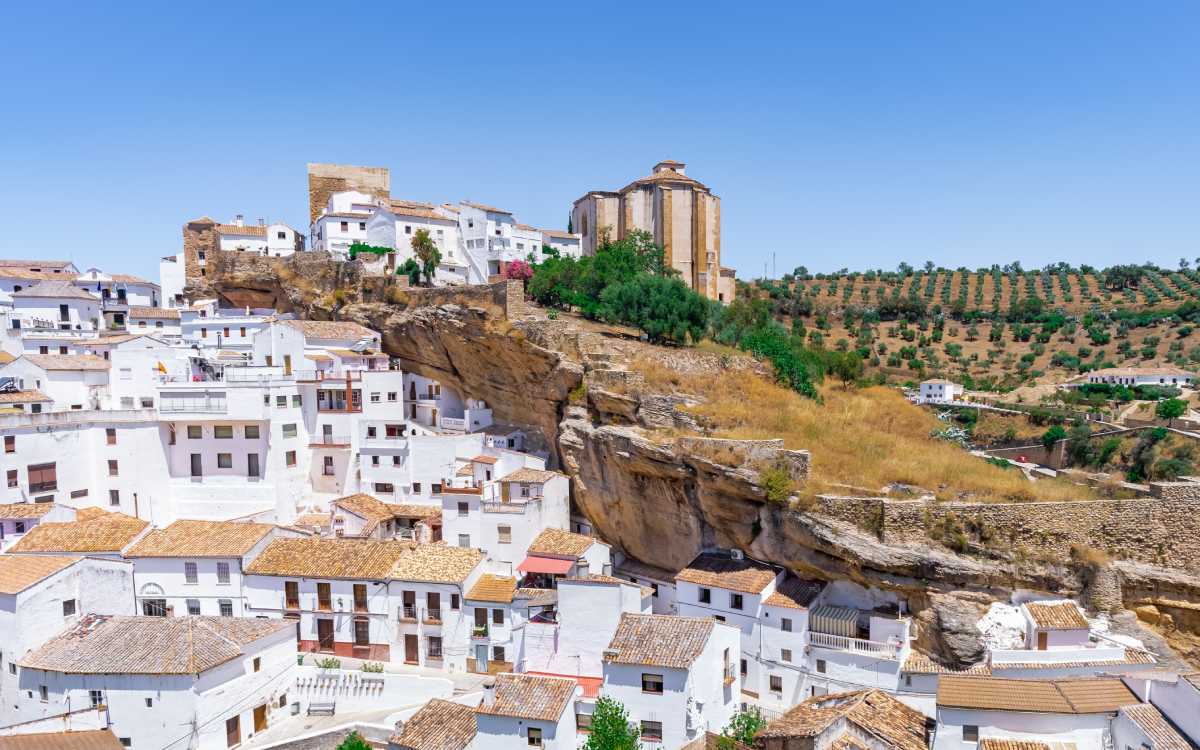
Setenil de las Bodegas. | Shutterstock
Marbella is a good starting point to take the route through the white villages of Cádiz, or, at least, part of it. Setenil de las Bodegas is one of the most peculiar ones. From the distance, you will only see a labyrinth of white houses facing the abbys, a space carved by the Trejo River. However, once you get closer, you will notice what differentiates it from the other pueblos blancos. It’s its troglodyte houses, built in caves or sheltered by a rock ledge, that create a breathtaking postcard.
It will take you around one and a half hours to get to Setenil de las Bodegas from Marbella. Thanks to this short distance, you can extend your getaway to enjoy another white village that you will never forget: Olvera. Its majestic Iglesia de la Encarnación and its Arab castle rise high on top of this steep, labyrinthine village. A small amount of effort is necessary to get to them, but the views of the olive trees that surround this locality are priceless.
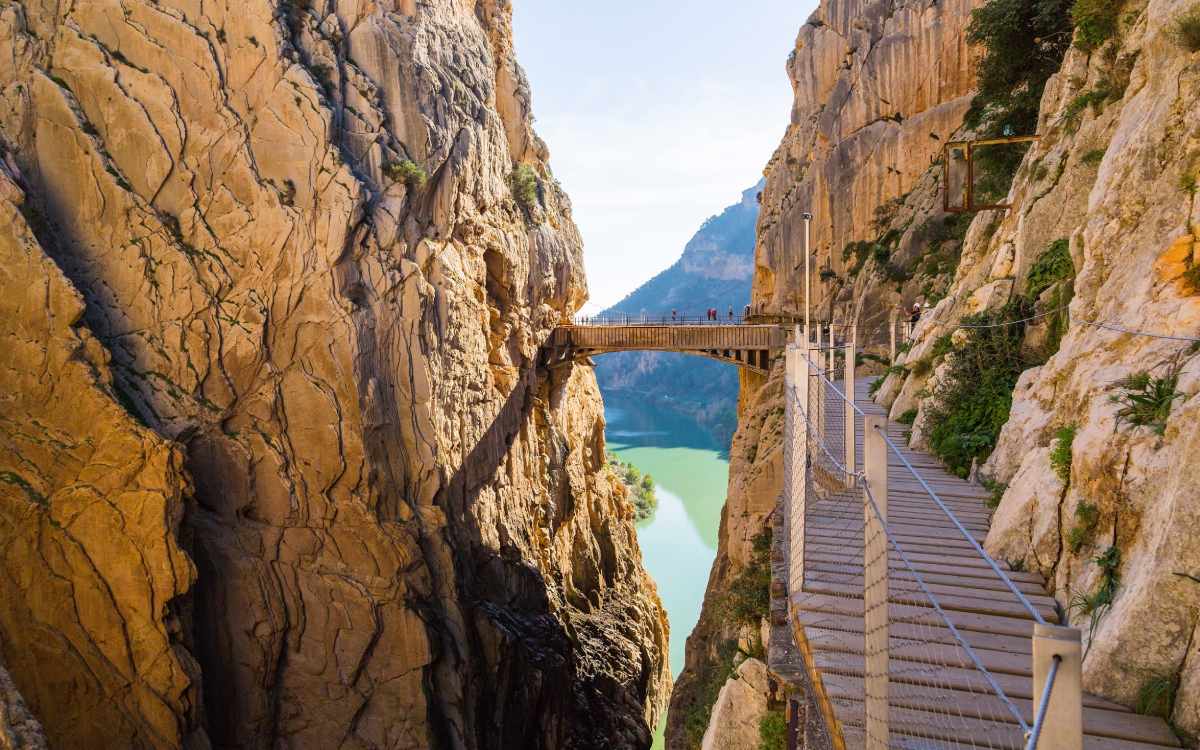
Caminito del Rey. | Shutterstock
Desfiladero de los Gaitanos offers one of the most impressive views in the province of Málaga. Its walls, carved by the Guadalhorce River, can reach a height of 300 metres. Hanging over this giant gap, there is a circuit of wooden walkways that will take your breath away. Keep your eyes open and overcome your fears! Crossing a precipice is an experience you will always remember.
Caminito del Rey was originally built due to the need to connect two small dams, Salto de Gaitanejo and Salto del Chorro. It got its name from Alfonso XIII, who inaugurated this place in 1921. Then it became abandoned, but now it has turned into one of the most spectacular hiking routes in Spain. And it is also one of those getaways near Marbella that you shouldn’t miss if you’re looking for adventures. It is only 70 kilometres from the locality!
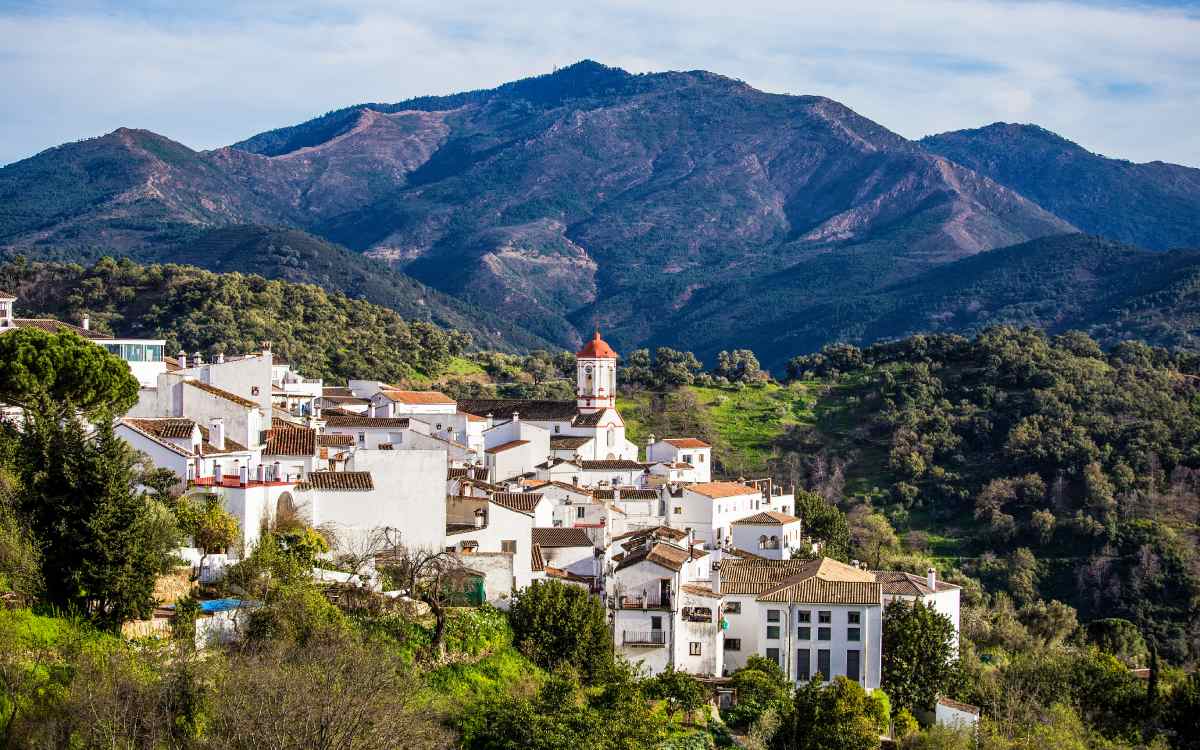
Genalguacil. | Shutterstock
It can seem like another pueblo blanco, but once you’ve stepped on it, you’ll realise it is not. Genalguacil is every possible type of art. Actually, it is known as the ‘museum village’. This is not an exaggeration, but a true reflection of how its squares, corners, viewpoints, walls, and roofs show a picturesque repertoire of art.
It all began in 1994, when the first Genal Valley’s art meetings were held. Every two years, dozens of artists are invited to work in this locality for a few days. The result of their art and creativity is now forever in this village, which now houses more than 200 works. So it is one of the most interesting outdoor museums you will find in Spain. And it is only an hour and a quarter from Marbella.
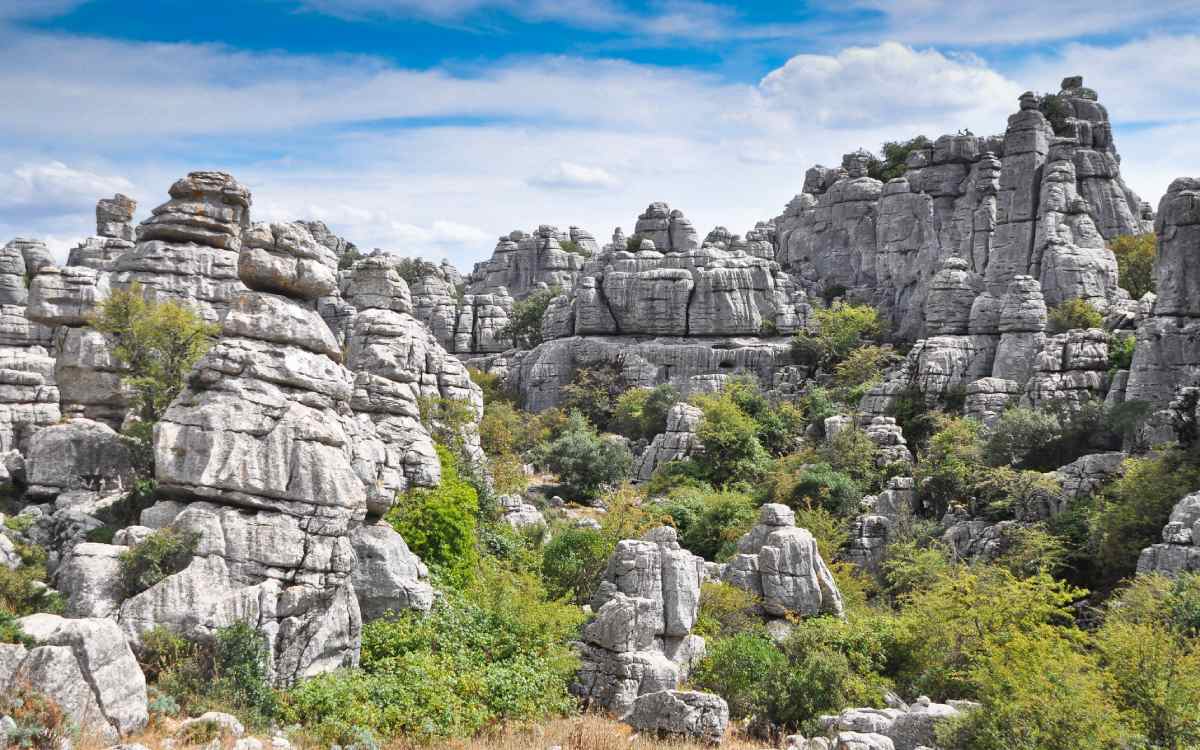
Torcal de Antequera. | Shutterstock
Nature can be capricious, and Torcal de Antera proves how erosion can create rock forms that seem unreal. Numerous paths will allow you to enjoy the singularity of a unique environment. Along with the other two treasures in Antequera, the Torcal is a World Heritage Site. The first one is also a natural monument, the Peña de los Enamorados. The other is Sitio de los Dólmenes de Antequera, one of the most popular megalithic monuments in Spain.
Of course, you can’t miss walking through the town centre of one of the most beautiful villages in Málaga. The Real Colegiata de Santa María la Mayor, the citadel, the Iglesia del Carmeno, or the Barrio del Portichuelo are just a few of its main attractions. Before you come back to Marbella, which is 100 kilometres away, you should taste some of this area’s delights: ajoblanco, migas, gazpachuelo, pío de bacalao, and, for those with a sweet tooth, bienmesabe or its famous mantecados.
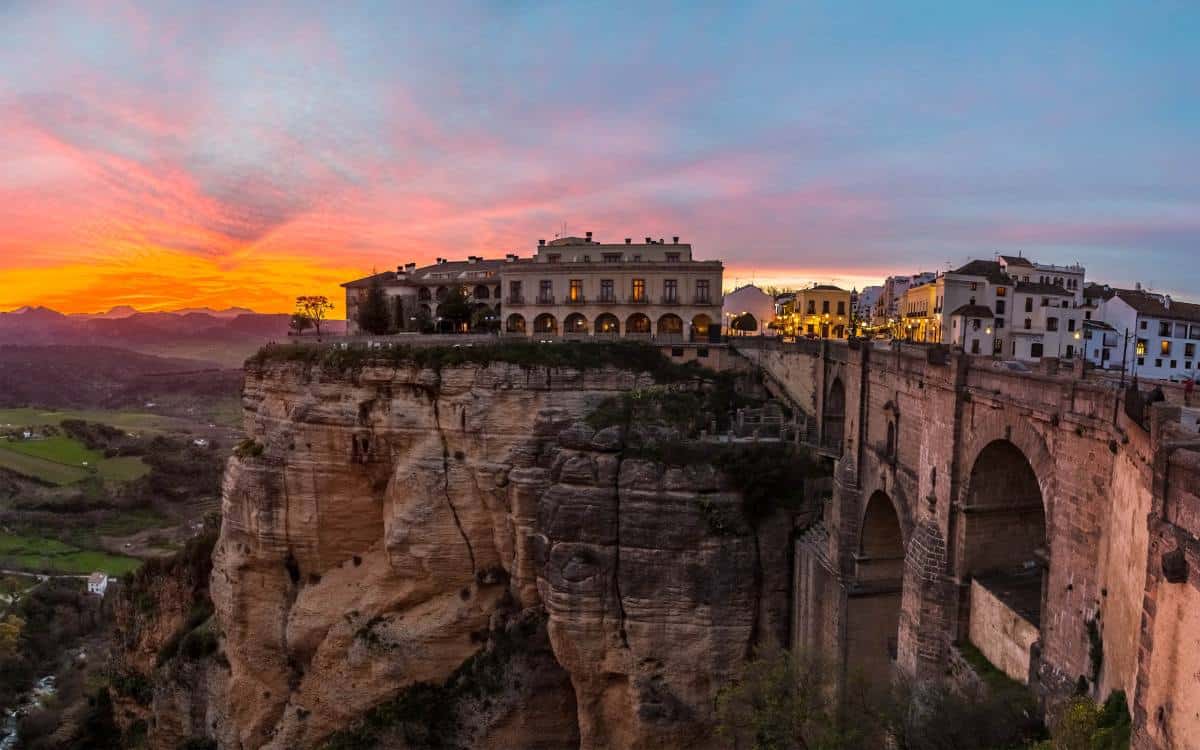
Ronda. | Shutterstock
An hour’s drive will get you to one of the most beautiful villages in Spain. You will fall in love with the charming Ronda with every step you take. The panoramic view of its Puente Nuevo creates one of the most recognisable and iconic postcards of Andalucía. But you’ll have to dive further into its town centre to discover a handful of wonderful places, such as its termal baths and Arab walls, the Casa del Rey Moro, the Palacio de Mondragón, or its bullfighting ring.
Besides, Ronda is a good starting point for exploring the Sierra de las Nieves National Park. This is one of the most diverse spaces when it comes to landscapes and species in Andalucía. Some mountain tops reach 2,000 metres in height. The deepest pit cave in the community, the Sistema Sima Gesm, lies here as well. It is more than 1,000 metres deep. The endless vegetal and animal species you will find here are also worth mentioning. Some of them are protected species. This visit is a must for nature lovers in Marbella.
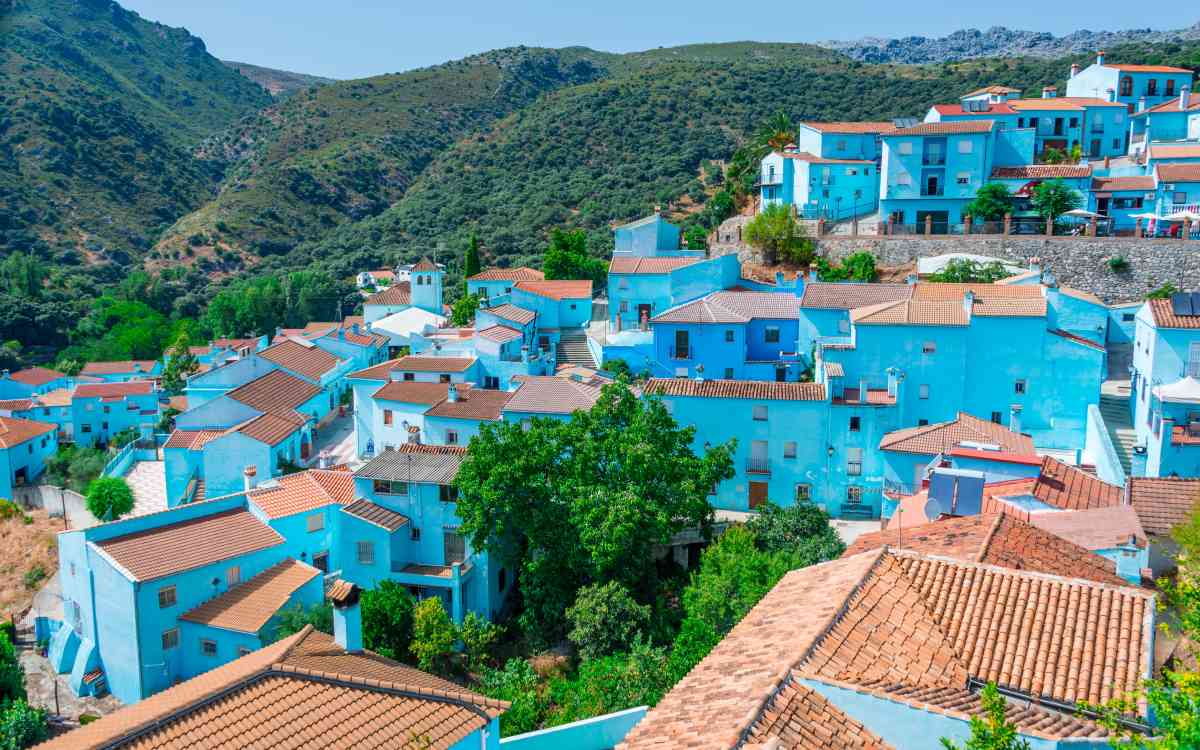
Júzcar. | Shutterstock
A group of adorable blue beings arrived at this locality in 2011, which is around an hour away from Marbella. They painted its streets and its houses with blue paint. The white village of Júzcar turned then into the first Smurf village. And while the advertising campaign for the movie came to an end, Júzcar’s people decided to keep their houses blue. The smurfs never really left this place, and they are remembered with some murals and giant dolls.
Júzcar is the perfect getaway around Marbella for nostalgic travellers and the whole family. But it’s also a great spot for nature lovers. This town sits in Serranía de Ronda, in the Genal Valley. It’s the starting point of some hiking routes that will take you to picturesque corners, such as the first tin factory in Spain or the copper forest, which receives this name thanks to the colour of its chestnuts in autumn.
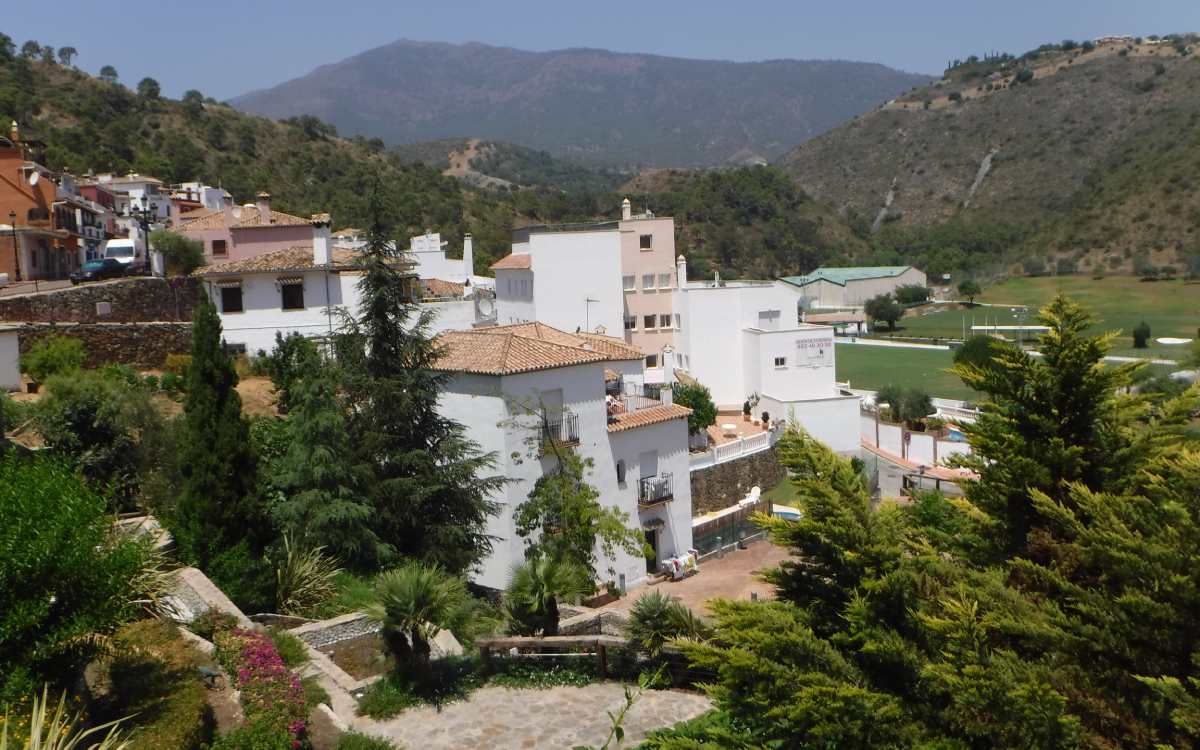
Benahavís. | Wikimedia
Benahavís is a dream come true for golf enthusiasts, a true paradise of 12 fields distributed among 8 clubs, some of them in Spain’s top. And it’s a good destination for foodies, too. This small locality is known as ‘Costa del Sol’s dining room’ thanks to its diverse and great gastronomic offer.
But there’s even more! This is one of the most beautiful villages near Marbella. Actually, it is only 22 kilometres away. Behind its Arab layout, its castle, and its watchtowers, an environment of particular beauty is hidden. There are many paths that allow you to enjoy magnificent views of kilometres and kilometres of coast. Some of them also lead to idyllic natural pools created by the area’s rivers.
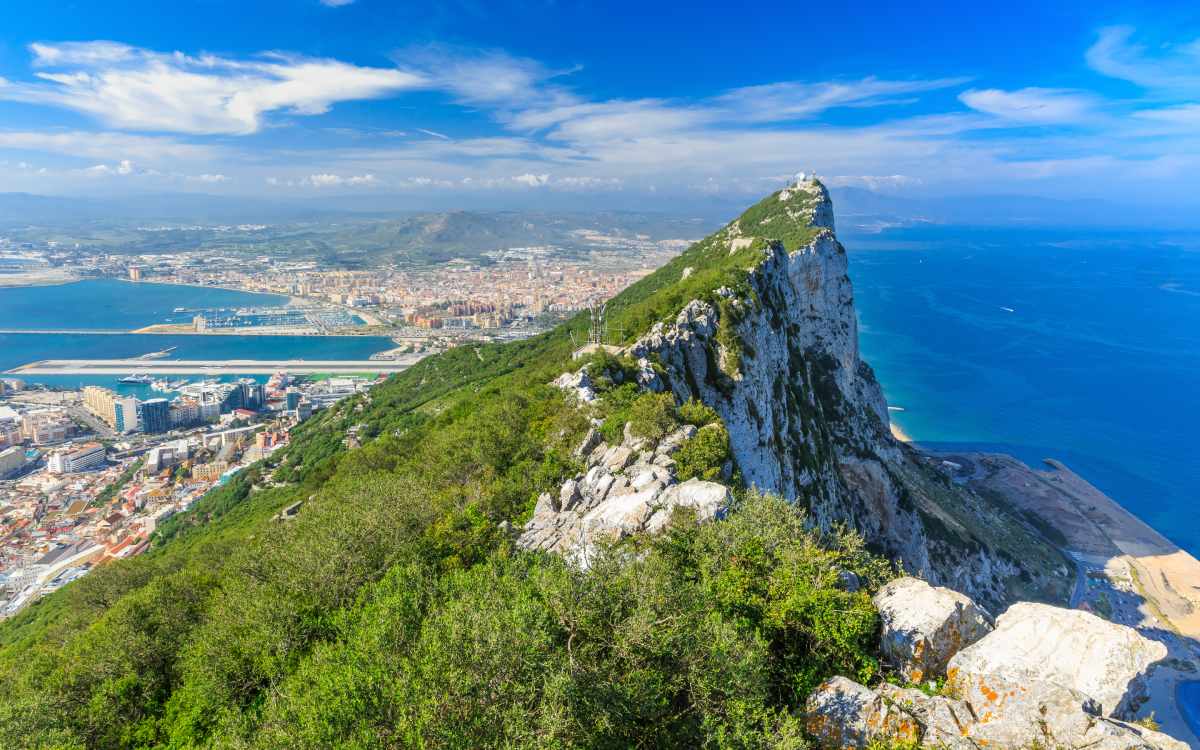
Gibraltar. | Shutterstock
Gibraltar is 80 kilometres from Marbella and offers much more than a walk through its extremely well-known Main Street. The depths of the rock have two singular treasures: the San Miguel Cave and the Túneles del Gran Asedio, excavated in the late 18th century and that expand throughout 52 kilometres. We hope that you’re not afraid of heights, because nothing compares to the sight of Gibraltar from high above. You can observe it from the glass walkway built on an old structure that dates back to the Second World War or from the Windsor Suspension Bridge.